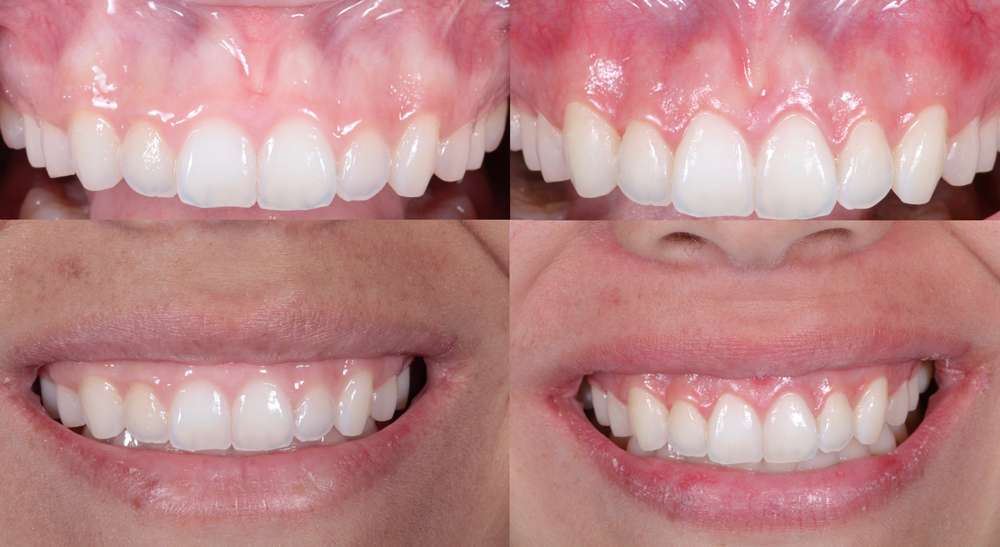Most people have heard the term dental crown before. But fewer know what crown lengthening is or why you’d need it. Yet dental crown lengthening is often a required step in preparing your tooth for a dental crown.
Dental crown lengthening involves the removal of gum tissue, bone or both to expose more of a tooth’s structure. Why would you need it? You might have broken a tooth at the gum line. Or you might just have a decayed tooth. Sometimes after your dentist removes the tooth decay, there isn’t enough tooth structure left above the gum line to support a dental crown (or even a large tooth filling). Without enough structure to grab on to, ill-fitting dental crowns may cause chronic inflammation and irritation. Even worse, tooth decay may get in under the dental crown, creating the need for more dental treatment. You might even lose the tooth completely.
Although less common, crown lengthening may also be used cosmetically to treat what’s called a “gummy smile.” When an unusually large amount of gum tissue shows around the upper teeth, crown lengthening might help. Your dentist can expose more of your teeth, then sculpt your gum line to create the look you want.
The Lowdown on Crown Lengthening
Dental crown lengthening is a type of oral surgery. It is performed by a periodontist, a dentist who specializes in treating diseases of the gums and bone tissue that support the teeth. Crown lengthening surgery can be performed on one or several teeth or your entire gum line, depending on your specific needs. Crown lengthening surgery is a simple procedure usually done at your dentist’s office using local anesthesia. If necessary, sedation dentistry can be used to ease dental fear during the procedure.
If you have a temporary crown in place, the periodontist will remove it before beginning surgery and replace it after. The periodontist starts by making cuts to the tissue to pull the gum away from the tooth. This provides access to the roots of the teeth and the surrounding bone. In some cases, removing just a little gum tissue will do the trick. More often, the removal of some bone is also required.
Once the periodontist has exposed enough of the tooth’s structure, he or she will wash the area with saline water and stitch the gums together. Some periodontists will cover the incision with a special bandage.
Recover, Then Repair
Dental crown lengthening is considered a fairly minor surgery causing relatively little pain. Just in case, the periodontist will provide a prescription for managing pain. You will also be given a special mouth rinse and dental care instructions for taking care of your teeth during recovery. You should continue your usual oral hygiene routine, taking caution to avoid brushing the gums in the affected area.
About a week after crown lengthening surgery, your periodontist will remove the stitches. Your gums will need to heal awhile longer before your tooth can be fitted with the final dental crown.
As with all surgeries, crown lengthening has risks. You may experience bleeding or develop an infection after surgery. Because the root of your tooth is exposed, you may be more sensitive to hot and cold. This will go away once the dental crown has been put in place. Removing bone from around a tooth can loosen it. Should the tooth ever be lost, it might be difficult to place dental implants in that area.
If your dentist recommends a dental crown, ask whether you’ll also need crown lengthening. Depending on the amount of healthy tooth your dentist has to work with, crown lengthening may be necessary to ensure the best outcome. If you don’t have a dentist, we can help you find one.

